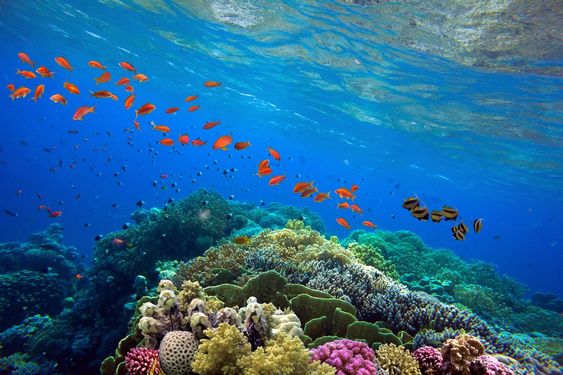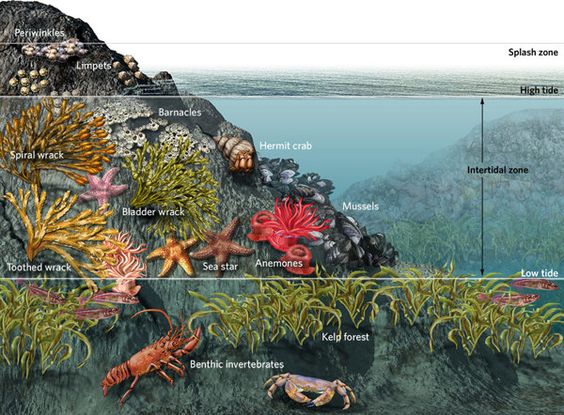What is the Biggest Ecosystem on Earth
The Earth’s oceans constitute the largest ecosystem on our planet. Spanning over 70% of the Earth’s surface, these vast bodies of water host an incredible array of life forms, from the tiniest plankton to the mightiest whales. In this article, we delve into the depths of Earth’s largest ecosystem, exploring its significance, diversity, and the interconnected web of life that sustains it.
Ecosystems: A Brief Overview
What Defines an Ecosystem?
Ecosystems encompass all living organisms within a specific area, interacting with each other and their environment. These interactions shape the ecosystem’s structure and function.
The Importance of Biodiversity
Biodiversity within ecosystems ensures stability and resilience, allowing them to adapt to environmental changes and thrive over time. Also, read about What is cultural day
The Magnitude of Earth’s Oceans
Unraveling the Vastness
Covering approximately 361 million square kilometers, the Earth’s oceans are the largest continuous ecosystem on the planet.
Depths of the Abyss
The ocean’s depth ranges from shallow coastal regions to abyssal plains, plunging to depths of over 10,000 meters in places like the Mariana Trench.
Life in the Oceanic Realm
A Diverse Array of Species
The oceans teem with life, harboring an estimated 2.2 million species, with many more yet to be discovered.
Keystone Species: Balancing Act
Certain species, such as phytoplankton and apex predators like sharks, play crucial roles in maintaining the health and balance of marine ecosystems.

The Importance of Oceanic Ecosystems
Climate Regulation
Oceans regulate the Earth’s climate by absorbing carbon dioxide and heat, influencing weather patterns and global temperature.
Economic Significance
Marine ecosystems provide invaluable resources, including seafood, pharmaceuticals, and recreational opportunities, supporting economies worldwide. Discover more about urbansoutfitter.com
Threats to Oceanic Ecosystems
Human Impact
Pollution, overfishing, habitat destruction, and climate change pose significant threats to marine ecosystems, endangering countless species and disrupting delicate ecological balances.
Plastic Pollution: A Global Crisis
Plastic pollution poses a severe threat to marine life, with millions of tons of plastic waste entering the oceans each year, harming wildlife and contaminating the marine environment.
Conservation Efforts and Solutions
Marine Protected Areas
Establishing marine protected areas helps safeguard vulnerable ecosystems and species, promoting biodiversity conservation and sustainable resource management.

Sustainable Practices
Adopting sustainable fishing practices, reducing plastic consumption, and supporting initiatives to combat climate change are essential steps in preserving oceanic ecosystems for future generations.
Conclusion
Earth’s oceans represent the largest and most vital ecosystem, supporting a diverse array of life and playing a critical role in regulating the planet’s climate. However, human activities pose significant threats to these fragile ecosystems, necessitating urgent conservation efforts and sustainable practices to ensure their preservation.
FAQs
What is the primary threat to oceanic ecosystems?
Human activities, including pollution and overfishing, pose the most significant threat to marine ecosystems.
How do marine protected areas benefit oceanic ecosystems?
Marine protected areas help conserve biodiversity, protect critical habitats, and promote sustainable resource management.
What are some examples of keystone species in marine ecosystems?
Examples include phytoplankton, which form the base of the marine food web, and apex predators like sharks, which help regulate prey populations.
How does climate change affect oceanic ecosystems?
Climate change leads to rising sea temperatures, ocean acidification, and disruptions to weather patterns, all of which negatively impact marine life and habitats.
What can individuals do to help protect oceanic ecosystems?
Individuals can reduce their plastic consumption, support sustainable seafood options, and advocate for policies that promote marine conservation and environmental stewardship.
